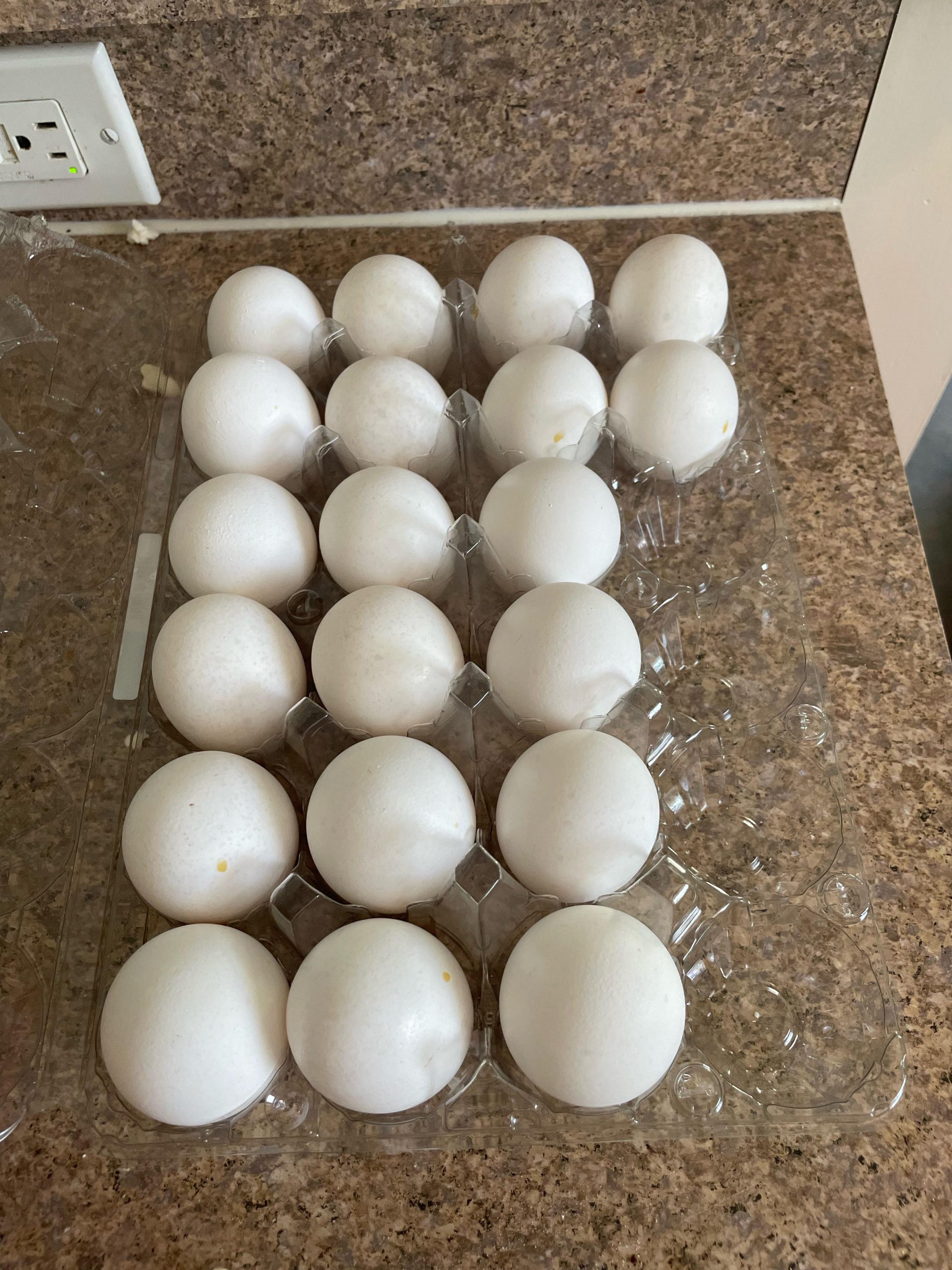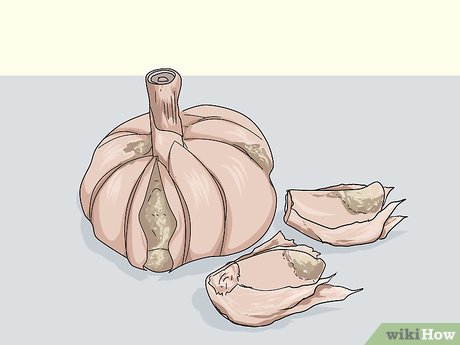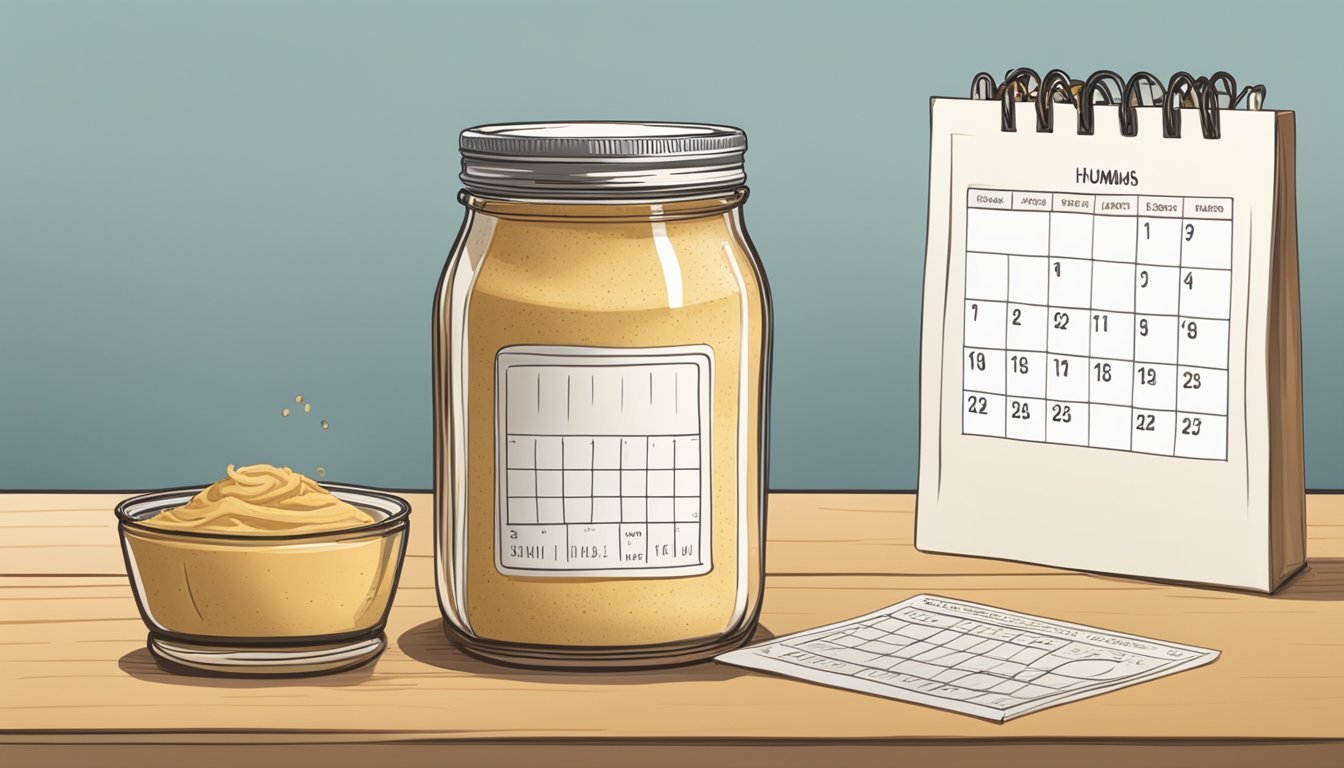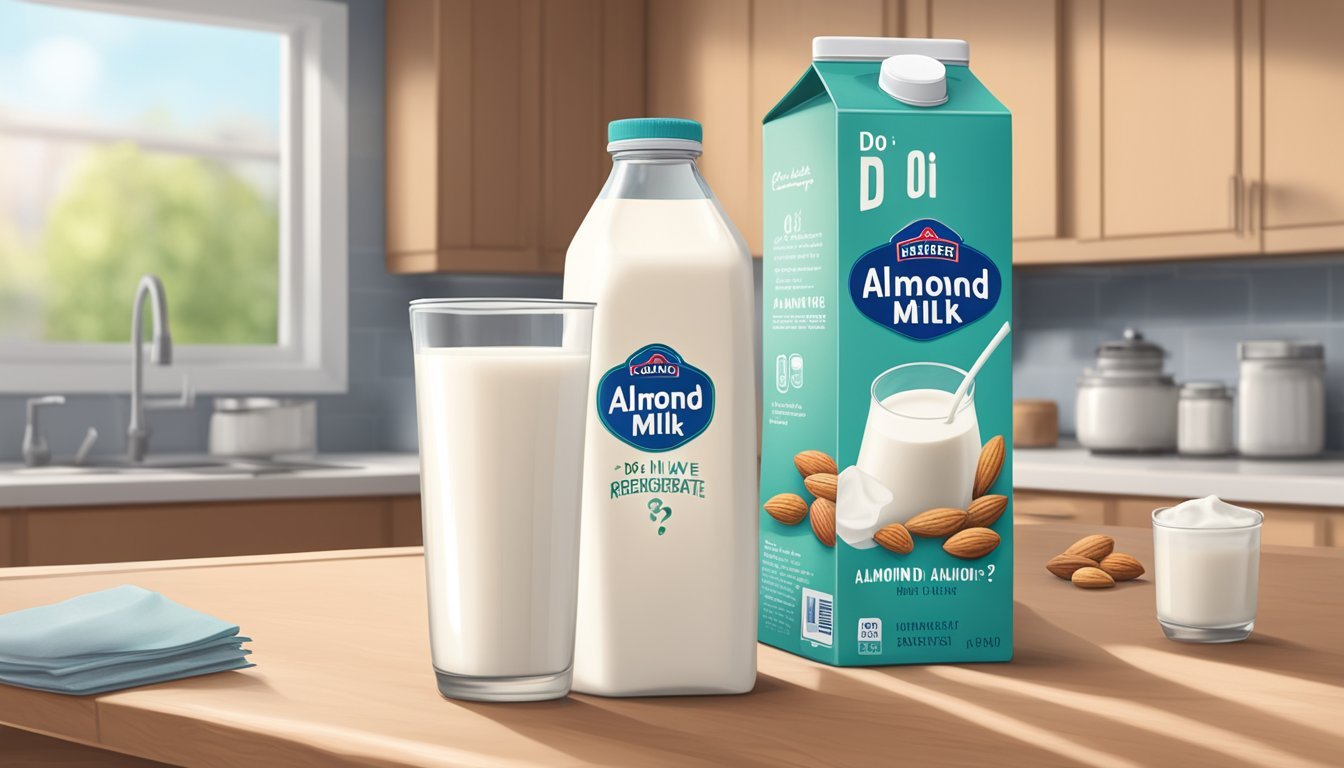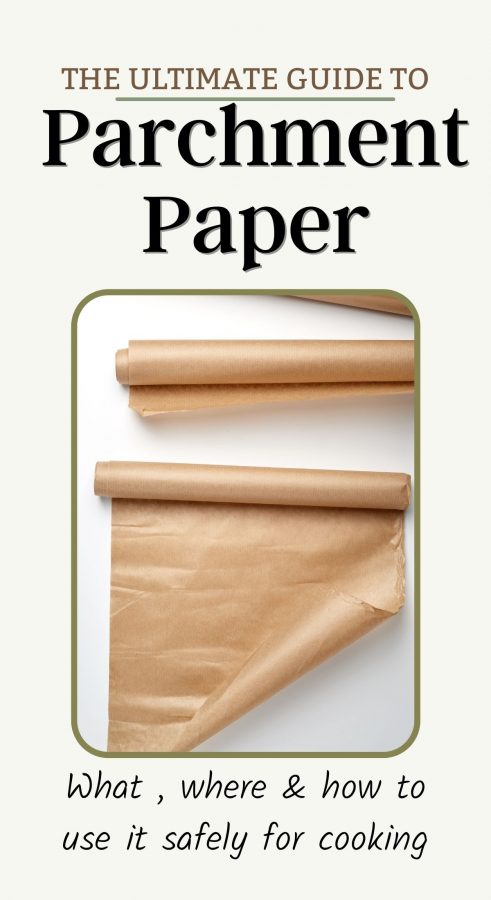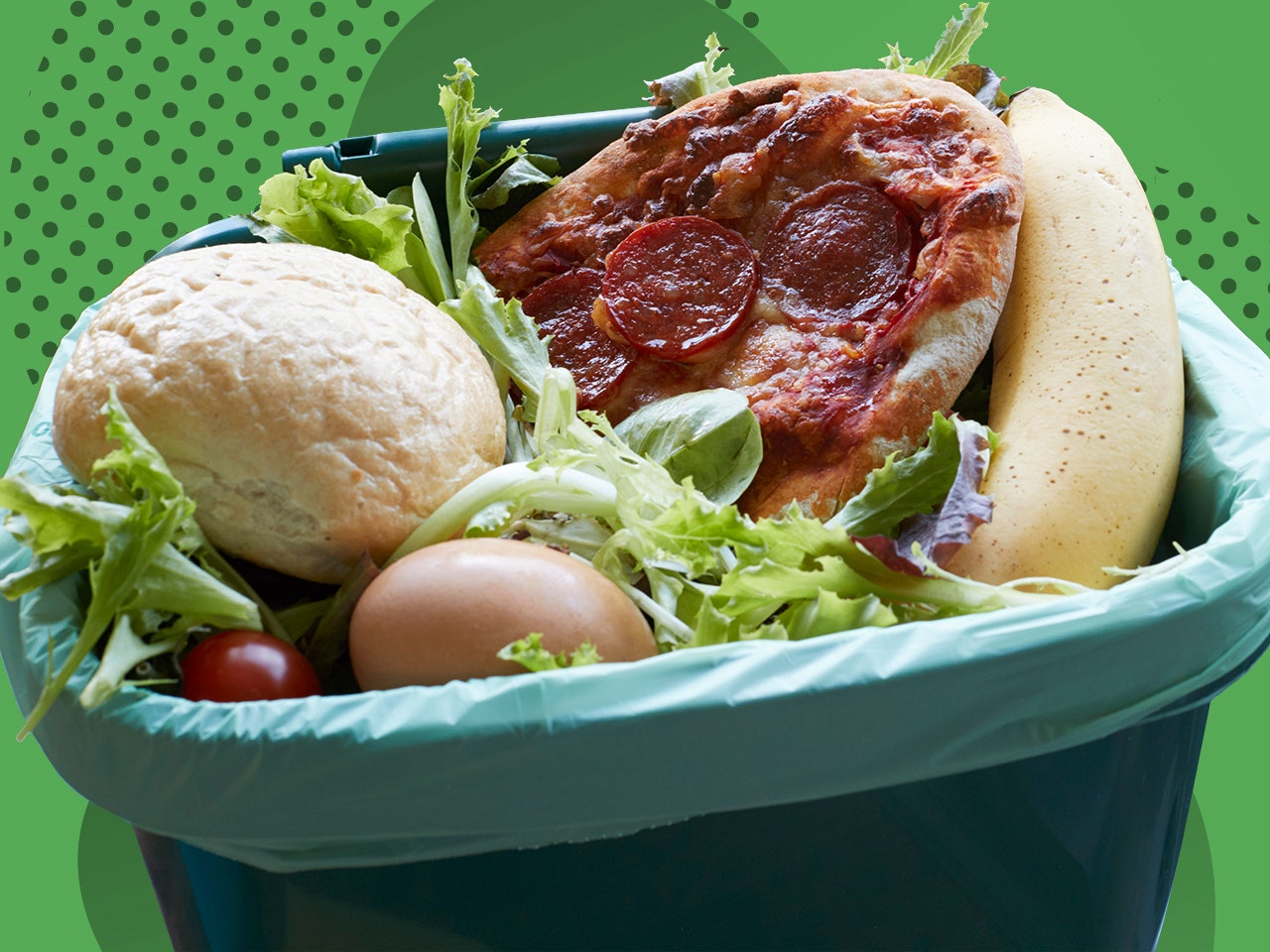Can You Leave Eggs Out Overnight? Safety, Storage Tips & More
– Keeping eggs in the fridge is an American quirk.
– Eggs sold in many countries are unrefrigerated and kept on the counter.
– Farm-fresh eggs can be kept on the counter for about a week if they have never been refrigerated.
– Once refrigerated, eggs must be kept refrigerated.
– Refrigerated eggs can last four to five weeks after packaging date if stored properly.
– Eggs can be left on the counter for two hours at room temperature or one hour if temperature is 90 degrees F or hotter.
– After two hours, it is safer to throw out the eggs due to potential bacterial growth, particularly Salmonella.
– Symptoms of Salmonella include diarrhea, fever, abdominal cramps, and vomiting.
– Salmonella contamination from eggs causes about 79,000 illnesses and 30 deaths per year according to FDA estimates.
– Proper guidelines include keeping eggs refrigerated below 40 degrees F, discarding cracked eggs, and washing hands and utensils that come in contact with raw eggs.
